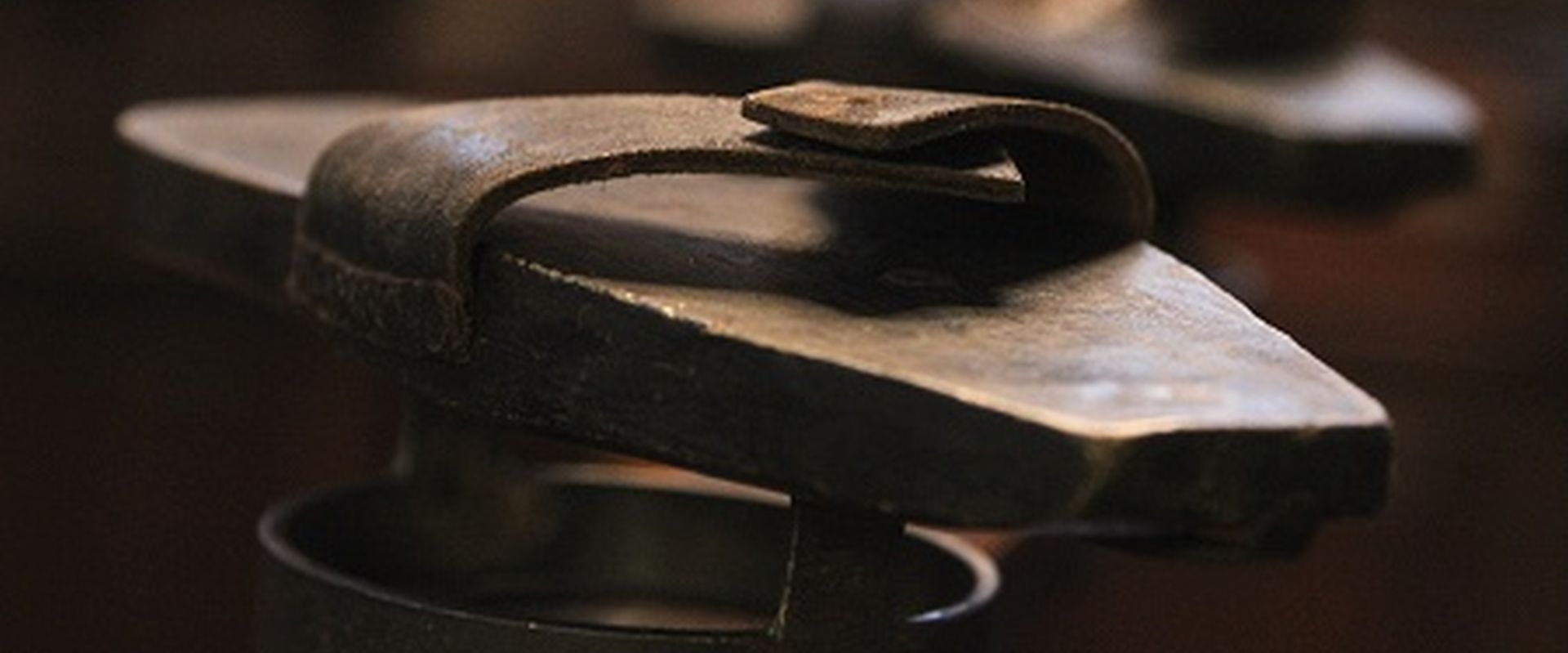The term livery originated in the specific form of dress worn to retainers of a nobleman and then by extension to special dress to denote status of belonging to a trade.

Why the Livery
While the ‘Mystery of Patynmakers’ was first recorded in the year 1379, and the Company was awarded its first Royal Charter in 1670 for some reason lost in the mists of time, it only received its Livery nearly 50 years later in 1717 in the reign of King George the 1st.
We know that we merged with the “Ancient Mystery of Pouchemakers and Galochemakers in the 14th Century, but we must assume that many records were lost in the Great Fire, a fate common to the records of many other companies.
The ancient Guilds functioned as both upholders of quality and (we assume) of price at that early time, and after serving an apprenticeship of some seven years, the apprentice (who was effectively owned by, or certainly dependant on, his Master) would have prepared a test piece or pieces, his “Masterpiece” and in a “court” of those proficient in the craft, would have been approved (or not) and made “free of his trade”, and hence able to apply to the Aldermen for his “Freedom” both of the City and to practice first as a Freeman, and then, possibly after a period of probation, as a full Liveryman.
As a Liveryman and Freeman of the City, he was able to participate fully in the elections of both Masters of his trade and in the elections of Aldermen, Common Councilmen and the Lord Mayor of the City, hence playing his part in what is the oldest continuous democracy in the world. These traditions still continue and play a major role in maintaining the City of London not only as a great trading centre, but as a non-political local authority providing high quality services to all who live and work in this great City.
We have used “he” in this content, but happily we are open equally to members of any orientation and have had several distinguished lady Masters, and, we hope, we will have increasing diversity in our company now and in the centuries ahead.
